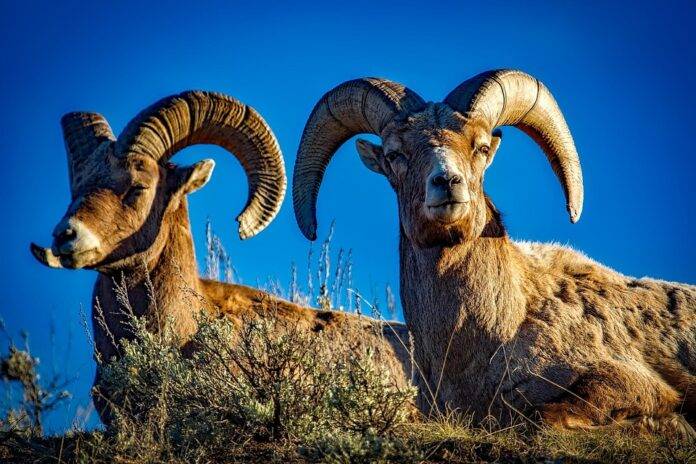Regional Sheep Meat Consumption Patterns and Culinary Traditions
Overview of the Sheep Meat Industry
The global sheep meat market is a significant sector within the broader meat industry, with various countries around the world exhibiting unique consumption patterns and culinary traditions. Sheep meat, commonly referred to as lamb or mutton, is a popular protein source in many regions due to its distinct flavor and nutritional benefits.
According to data from the Food and Agriculture Organization of the United Nations (FAO), the world sheep meat production totaled approximately 8.4 million tonnes in 2020. Australia, China, and New Zealand are among the top producers of sheep meat globally, with these countries exporting significant quantities to meet international demand.
Regional Consumption Patterns
In Australia, sheep meat consumption has been a longstanding tradition, with lamb being a staple protein in many households. According to Meat & Livestock Australia, the average Australian consumes around 9.6 kilograms of lamb per year, making it one of the highest consumers of sheep meat in the world. Lamb chops, roasts, and kebabs are popular dishes in Australian cuisine, often enjoyed during festive occasions such as Easter and Christmas.
In contrast, China has seen a rise in sheep meat consumption in recent years, driven by increasing affluence and changing dietary preferences. Lamb hotpot, a traditional Chinese dish, has gained popularity across the country, especially during the winter months. The Chinese market for sheep meat is expected to continue growing as more consumers seek premium protein sources.
New Zealand is renowned for its high-quality lamb exports, with the country’s pristine pastures and strict farming practices ensuring top-grade meat products. New Zealanders themselves also enjoy lamb dishes, with lamb shanks and racks being popular choices in local cuisine. The country’s sheep meat consumption per capita is among the highest in the world, reflecting a strong cultural affinity for this protein source.
Culinary Traditions
Sheep meat holds a special place in the culinary traditions of various regions, with each country showcasing unique dishes and cooking techniques. In the Middle East, lamb is a central ingredient in many traditional dishes such as kebabs, koftas, and biryanis. The flavorful and tender nature of lamb makes it a favorite choice for celebratory feasts and family gatherings.
In Europe, countries like Greece and Italy have a rich tradition of using lamb in their cuisine. Roast lamb with herbs and garlic is a classic dish in Greek households, while Italian cuisine features dishes like lamb ragu and slow-cooked lamb shoulder. The Mediterranean diet, which emphasizes fresh ingredients and simple preparations, often includes lamb as a key protein source.
In North America, lamb consumption is less prevalent compared to other regions, with beef and poultry being more popular choices. However, lamb dishes like rack of lamb and lamb burgers have gained popularity in upscale restaurants and specialty markets. The diversity of culinary influences in North America has led to innovative lamb recipes that blend traditional flavors with modern twists.
Industry Insights
The sheep meat industry faces various challenges, including fluctuating market prices, environmental concerns, and competition from other protein sources. However, consumer demand for high-quality, sustainable meat products has driven innovation in farming practices and product development.
Companies like Silver Fern Farms in New Zealand and JBS Australia play a significant role in the sheep meat industry, with a focus on producing premium lamb products for domestic and international markets. These companies invest in research and development to ensure product quality and traceability, catering to discerning consumers who value transparency and ethical sourcing.
Overall, regional sheep meat consumption patterns and culinary traditions reflect the diverse cultural heritage and dietary preferences of different countries. As the global demand for high-quality protein continues to rise, the sheep meat industry is poised for growth and innovation in meeting consumer needs.




